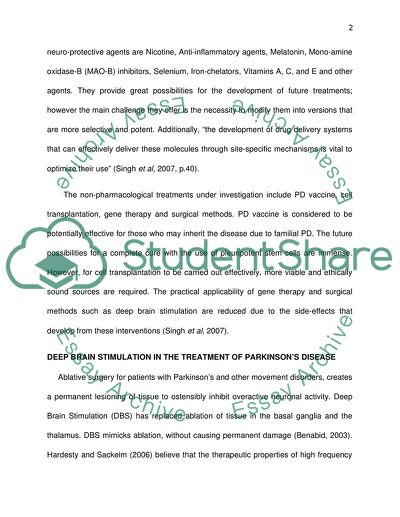Cite this document
(“The Stem Cell Technique in Treatment of Alzheimer's and Parkinson's Essay”, n.d.)
Retrieved from https://studentshare.org/health-sciences-medicine/1568637-the-stem-cell-technique-in-treatment-of-alzheimers-and-parkinsons-diseases
Retrieved from https://studentshare.org/health-sciences-medicine/1568637-the-stem-cell-technique-in-treatment-of-alzheimers-and-parkinsons-diseases
(The Stem Cell Technique in Treatment of Alzheimer's and Parkinson'S Essay)
https://studentshare.org/health-sciences-medicine/1568637-the-stem-cell-technique-in-treatment-of-alzheimers-and-parkinsons-diseases.
https://studentshare.org/health-sciences-medicine/1568637-the-stem-cell-technique-in-treatment-of-alzheimers-and-parkinsons-diseases.
“The Stem Cell Technique in Treatment of Alzheimer's and Parkinson'S Essay”, n.d. https://studentshare.org/health-sciences-medicine/1568637-the-stem-cell-technique-in-treatment-of-alzheimers-and-parkinsons-diseases.


